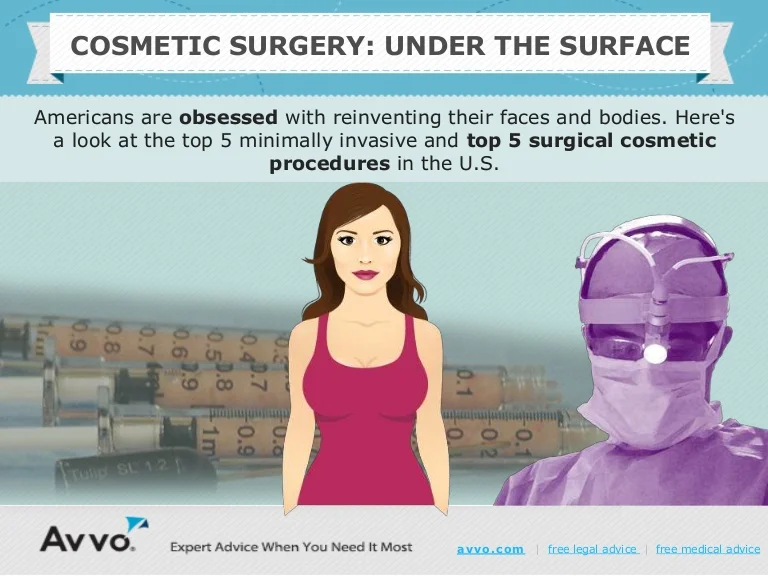Acne scars and dark marks can remain even after the acne itself has removed. Yet there are several all-natural, over-the-counter and medical treatments that can decrease their appearance.
Ice choice marks are small indentations that resemble pinpricks; rolling scars have a wave-like appearance and shallow depth; boxcar scars have clear edges; hypertrophic scars are increased bumps. Therapies consist of skin needling, where your physician rolls a needle-studded tool over the skin; and medical excision, when a healthcare professional cuts out deep scars.
1. Exfoliate
Acne scars fade best when they aren't covered with dead skin cells. Exfoliation removes the buildup and allows fresh skin cells to come to the surface. It likewise makes acne scars less noticeable.
A dermatologist can recommend exfoliation methods for your specific skin type. Dry skin may gain from peeling with scrubs or various other mechanical approaches, while oily skin might require a chemical peel. Those with darker skin tones need to be careful using more powerful chemical therapies, as they can create dark places and level of sensitivity.
If you have acne scars, avoid picking or squeezing at them, which can make them even worse. Swelling triggered by inflammation enhances the chance of scarring. Picking can leave ice-pick marks, which are slim imprints with a point at the end. You can also obtain boxcar marks, which are imprints with larger edges. You can also create hypertrophic or keloid marks. These are increased bumps of mark tissue that can be itchy and painful.
2. Moisturize
After finishing your acne therapy, keeping skin clear and healthy requires a regular skin care routine that safeguards from breakouts and reduces post-acne marks. This includes a gentle cleanser and moisturizer, non-comedogenic items that do not block pores, and preventing foods that irritate skin or trigger acne flare-ups.
Making use of a light-weight, non-comedogenic moisturizer with ingredients like hyaluronic acid and glycerin can help moisten skin while likewise improving skin texture and advertising healing. Look for an item that is developed without fragrance or parabens.
A product that targets sticking around acne marks with components such as skin-brightening tranexamic acid and bakuchiol can enhance dark spots or irregular tone triggered by inflammation. It gently resurfaces the skin while smoothing rough and distinctive locations. A product that incorporates a retinoid and a plant-based retinol option can likewise improve the look of much deeper scars while all at once targeting existing acnes and avoiding future outbreaks.
3. Hide
Once your acne scars recover, you can hide them with makeup and a concealer. Just make certain you're just applying the product over scars that are completely healed (not fresh ones), claims Sotomayor. After that, complete your look with a bold lip color or statement great smoky ryan gosling botox eye shadow for optimal influence.
When it comes to choosing a foundation or colored cream, it is essential to choose one that is noncomedogenic and oil-free. This will certainly assist keep your skin clear and prevent the clogging of pores that can lead to brand-new outbreaks.
The exact same chooses choosing a concealer. Try to find a formula that provides full coverage yet still really feels light-weight and blendable on the skin. Likewise, when covering indentations from acne scars, it's an excellent concept to locate a color that matches your all-natural skin tone (as opposed to a shade lighter or darker). This will aid hide the indents better. This nourishing balm is an outstanding option for lightening up and lightening post-inflammatory hyperpigmentation, which can be brought on by acne or various other inflammatory skin problem. It includes hydrating panthenol, softening shea butter and reinforcing peptides that minimize redness and flaky appearance.
4. See Your Skin specialist
The scars that create from serious acne typically require therapy by a physician or dermatologist. Prior to that can occur, though, a client needs to have their acne controlled. This includes not picking or pressing acne areas, and using mild cleansers and water-based non-comedogenic products that will not clog pores.
If pharmacy cleansers and area treatments aren't removing your skin, schedule a consultation with a skin specialist. The dermatologist can advise other treatments that aid clear your skin without drying it out or bothersome it.
A skin specialist can additionally treat various other type of post-acne marks, including dark areas that are a type of hyperpigmentation called PIH (post-inflammatory hyperpigmentation). A topical retinoid like adapalene can noticeably lighten these marks and fade them promptly. For other types of marks, the physician can recommend an extra extensive therapy. This can consist of microdermabrasion or chemical peels off that are done right in the office. Depending on the extent of your scars, these therapies might require to be repeated.
